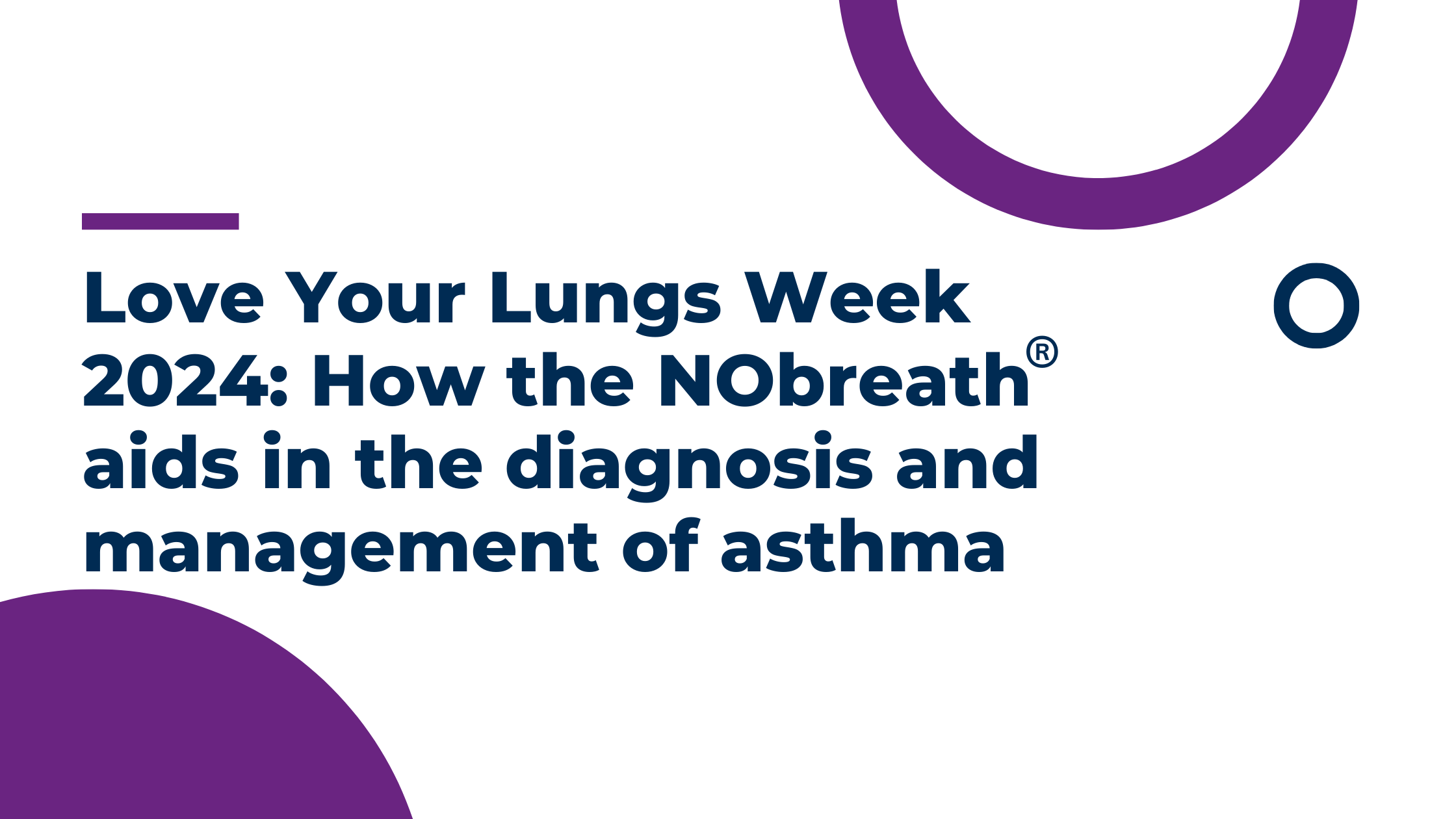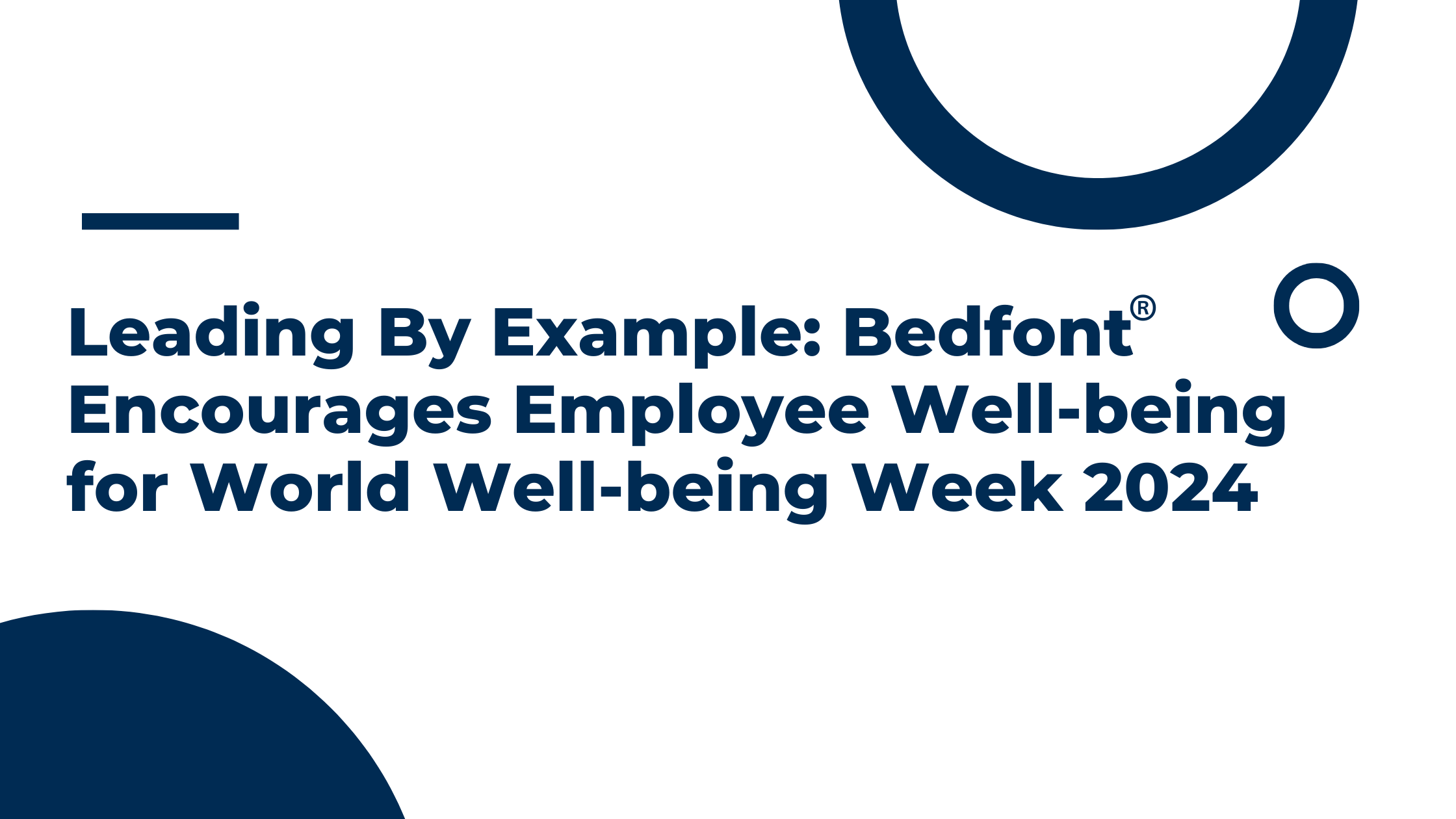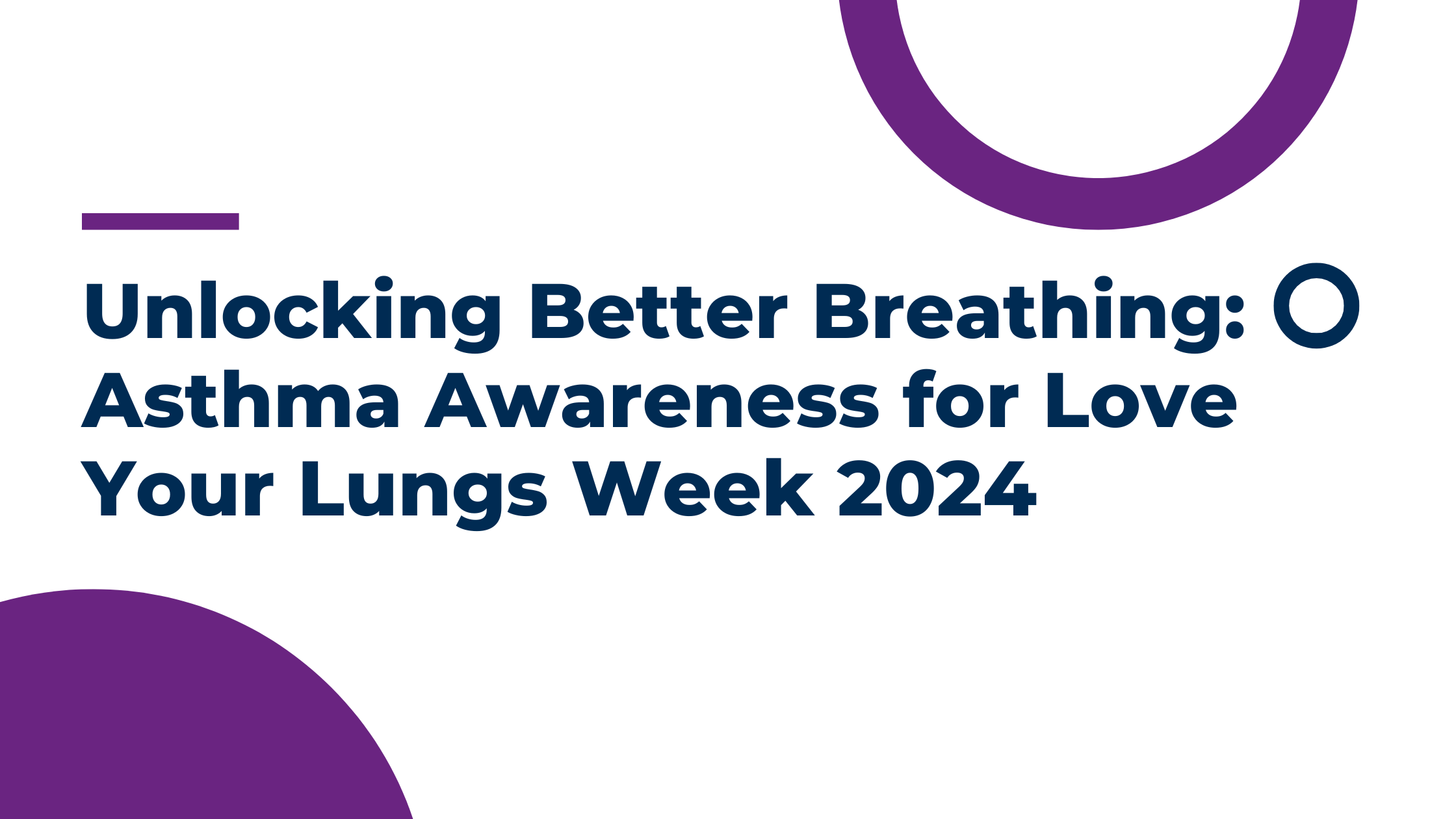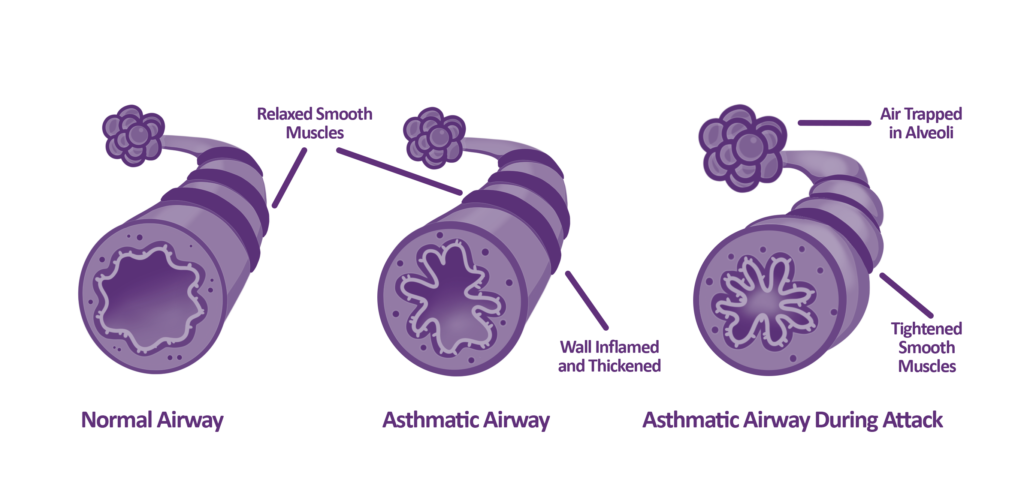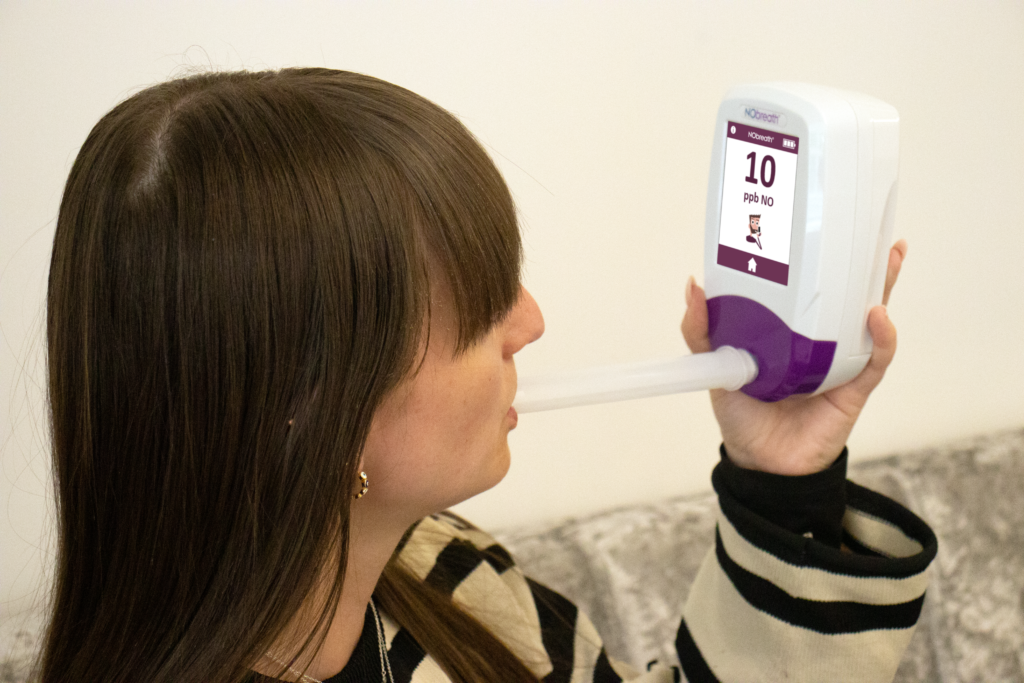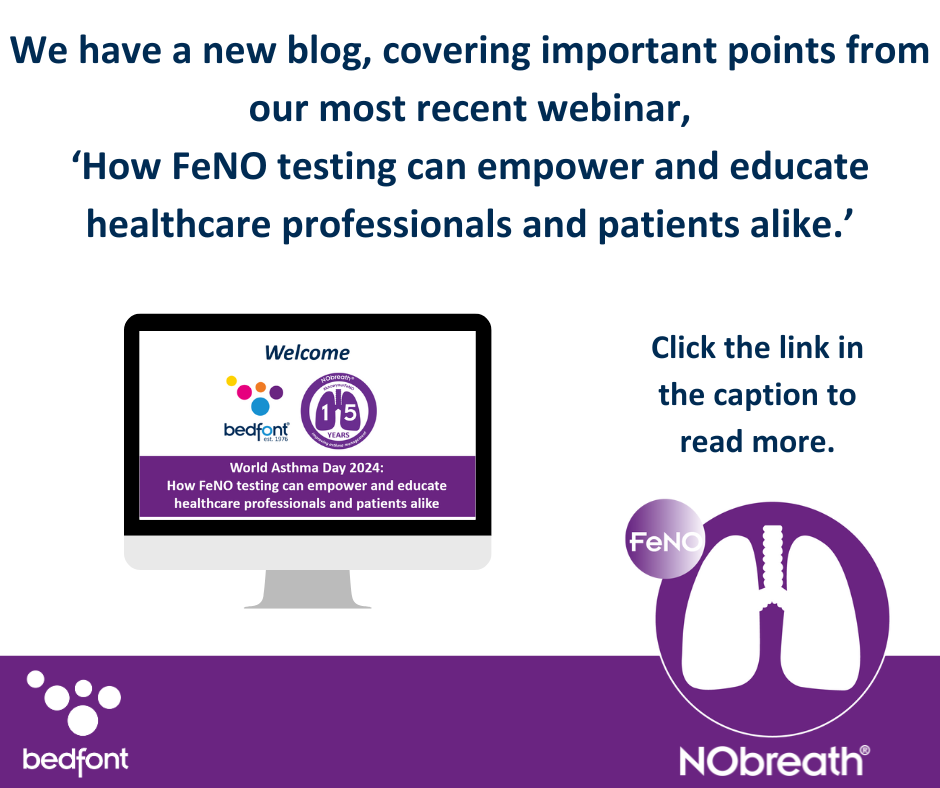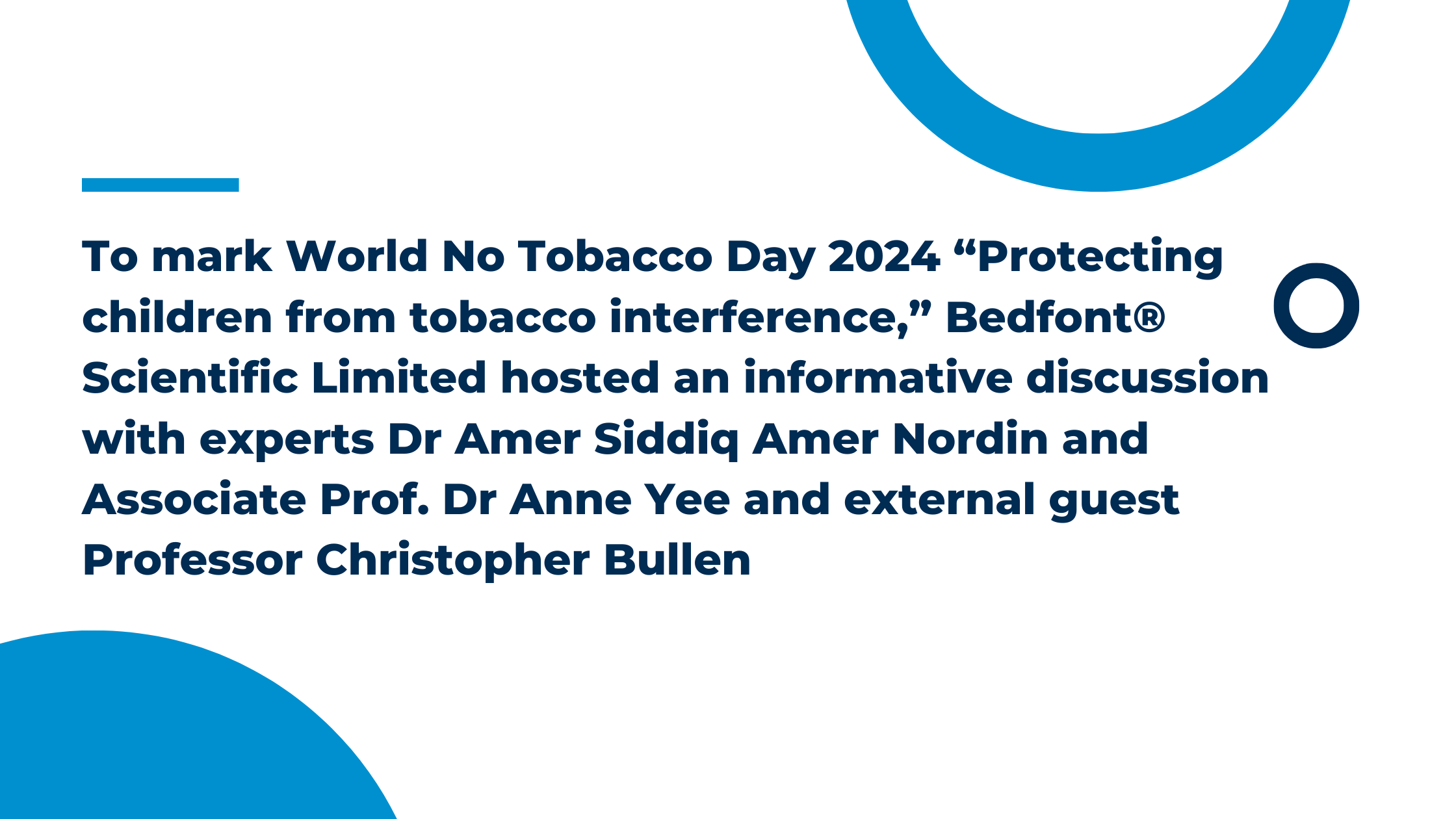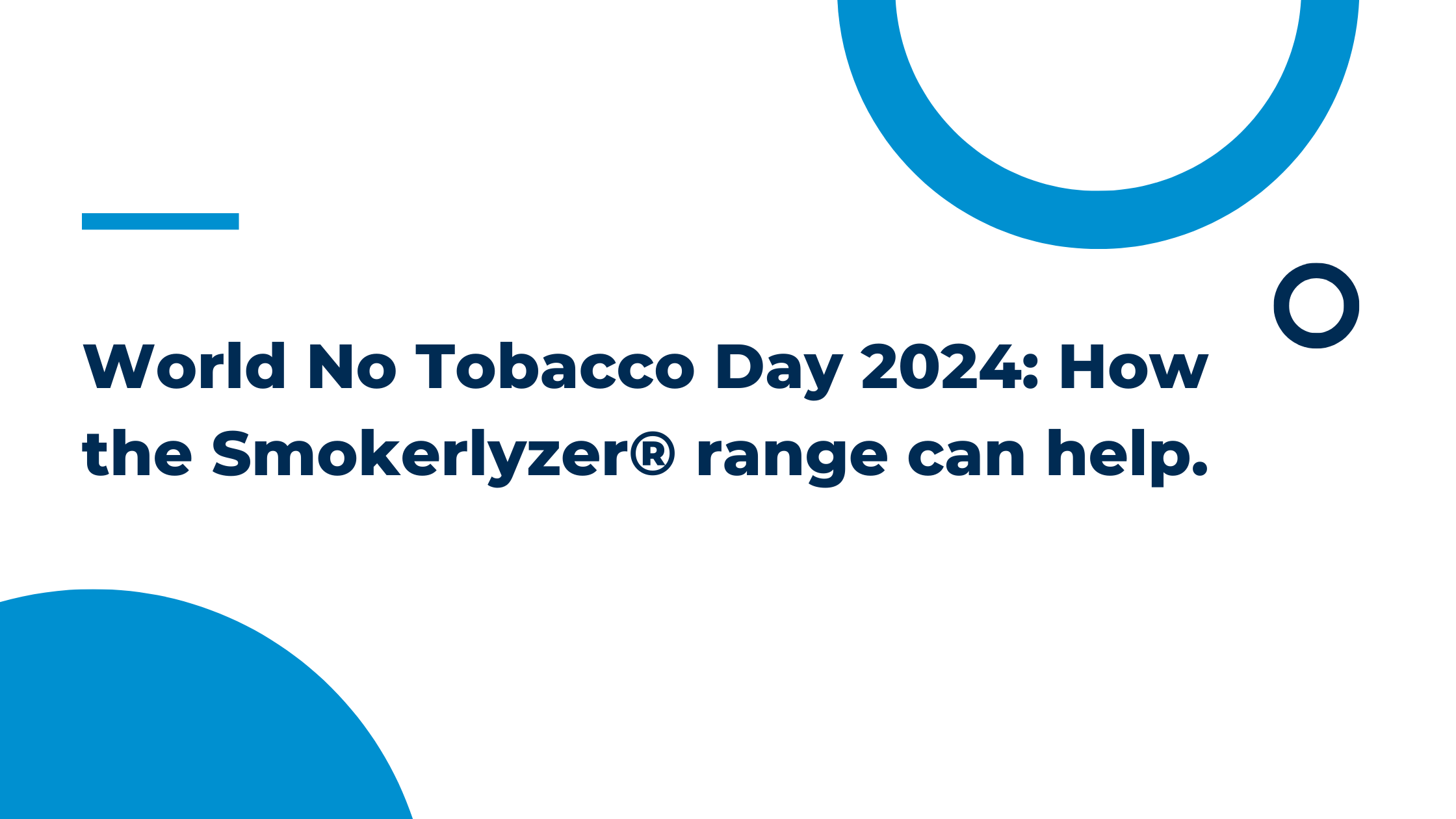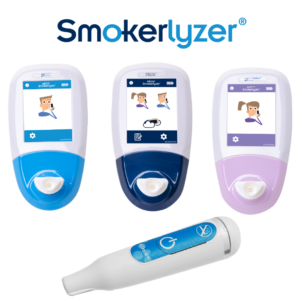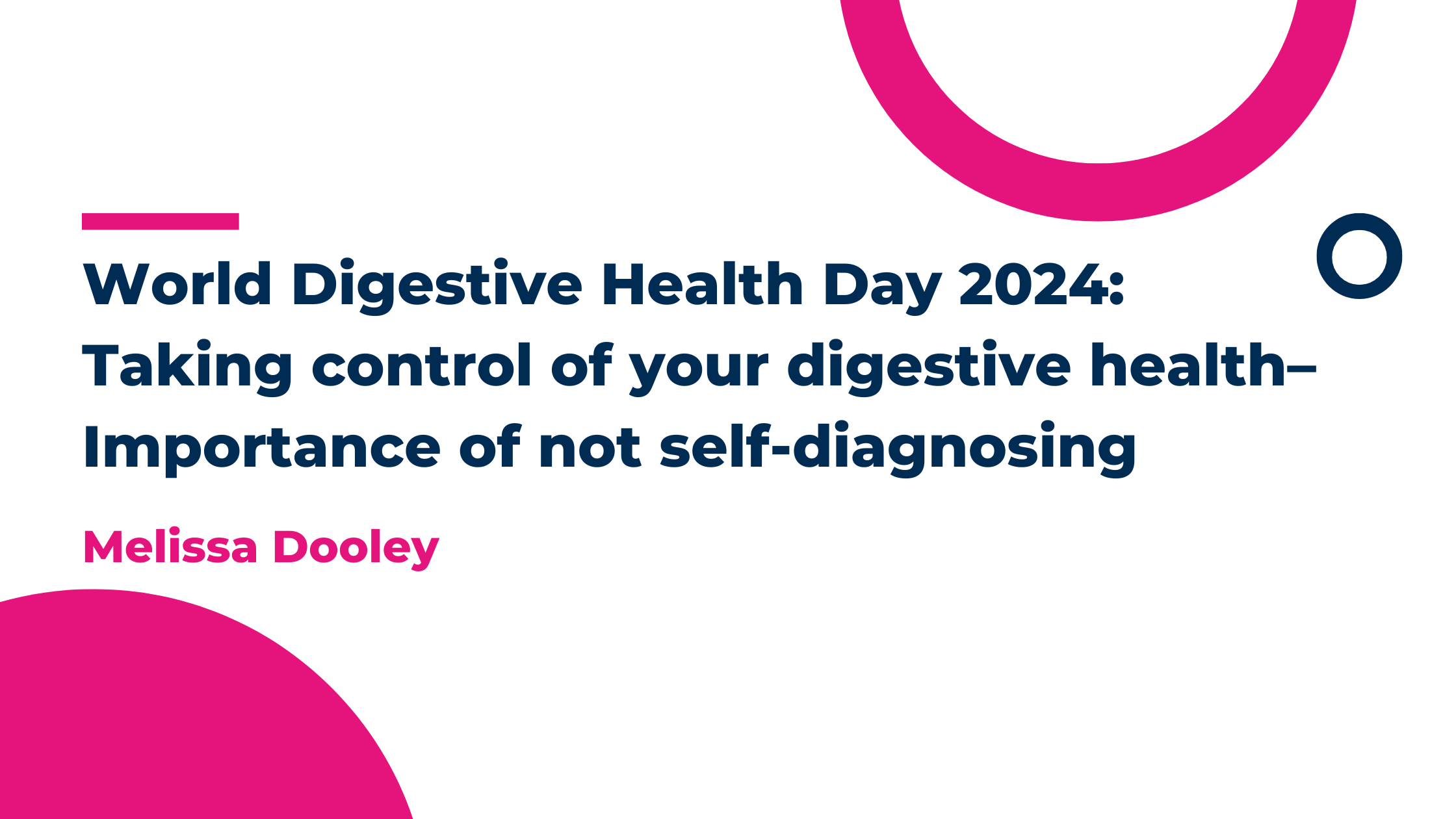
World Digestive Health Day occurs annually on the 29th May. Launched in 2004 to mark the 45th anniversary of the World Gastroenterology Organisation’s (WGO) incorporation in 1958 (founded in 1935). This year’s theme is “Your Digestive Health: Make it a Priority”, emphasising that prioritising digestive health is vital for promoting well-being and enhancing quality of life1.
We have all been exposed to common digestive complaints that can arise from food intolerances at one time or another; whether we have eaten something and felt a bit bloated or sluggish, or perhaps even experienced some changes in bowel pattern. This can be more frequent or associated with eating out, travelling, hormonal imbalance, or even because of lifestyle changes. For some, these symptoms can occur frequently or can be severe, which may result in many sufferers turning to the internet to look for fast, easy and convenient solutions. It is understandable why people get frustrated with their digestive health, especially with unpredictable episodes that affect the quality of life, and this can lead to the avoidance of social events, or cause anxiety around eating out.
Remember, it is important not to self-diagnose as a number of conditions can cause similar symptoms to irritable bowel syndrome (IBS) and food intolerances but will have different treatment and management. For this reason, it is important to visit your GP/Family Doctor who may recommend further evaluation.
Some of the common food intolerance symptoms experienced can arise from carbohydrate malabsorption such as from lactose malabsorption, fructose malabsorption and sucrose malabsorption.
The intestine can only absorb a limited amount of fructose; most people can absorb 25-50g of fructose per sitting. Fructose malabsorption is a dietary impairment of the small intestine, whereby there is a limitation in the fructose carrier system which transports this sugar across the cell membrane.
Fructose malabsorption is not a food allergy, meaning there is no production of IgE antibodies or release of histamine. There are generally no typical allergic symptoms such as itching or hives.
In the large intestine, the unabsorbed fructose is metabolised by normal colonic bacteria to short-chain fatty acids and the gasses hydrogen, carbon dioxide, and methane. The increase in hydrogen or methane gas is detected with the breath test.
Possible causes of fructose malabsorption include:
- Inherited or acquired abnormality of fructose transporting protein GLUT-5 (other family members are often affected).
- Overuse of High Fructose Corn Syrup, or fruit juices in children.
- Small intestinal bacterial overgrowth (SIBO).
- Coeliac disease.
- Chemotherapy or radiation (damage of small intestinal mucosa).
- Dumping syndrome (rapid gastric emptying)
It can be difficult to see a relationship between the foods eaten and the symptoms experienced; this is because most foods contain a mixture of glucose and fructose, and foods with a high glucose content can help to absorb fructose. One molecule of glucose enables the absorption of one molecule of fructose. An example of this is when fructose was given in the form of sucrose (sucrose = fructose + glucose), its absorption capacity was increased e.g., table sugar (50% fructose, 50% glucose). The greater the glucose-to-fructose ratio in the food, the easier the fructose will be absorbed.
Lactose is normally hydrolysed into glucose and galactose, which are readily absorbed in the jejunum. Lactose needs to be hydrolysed in the small intestine by a B-galactosidase lactase-phlorizin hydrolase, generally called lactase. Lactase is found most abundantly in the jejunum at the tip of the intestinal villi and therefore is more vulnerable to intestinal diseases that cause cell damage than other sugars, which are located deeper.
If the enzyme lactase is lacking (or if inadequate amounts are produced), the lactose will not be completely hydrolysed, and the resultant condition is lactose malabsorption (also referred to as lactase deficiency). It is the most common type of carbohydrate intolerance and is the most common genetic disorder affecting more than half the world’s population.
When poorly absorbed lactose reaches the colon, gases produced may cause distension, cramps, flatulence, and general discomfort, along with diarrhoea, which can range from mild to explosive discharge. These symptoms produce the condition lactose intolerance, which is lactose malabsorption with discomfort. Symptoms associated with lactose intolerance may be mild or severe depending on the degree of lactase deficiency and the amount of lactose consumed. Lactose malabsorption can be diagnosed with a hydrogen methane breath test (HMBT) that will measure the level of gases in exhaled breath samples.
The number of people with lactose malabsorption is surprisingly large. It is estimated that about 68% of the world’s population has lactose malabsorption. It is more common in certain areas of the world such as Asia and among African Americans, American Indians, and Hispanics.
There are different types or forms of lactose malabsorption:
Congenital Lactase Deficiency (CLD) is a rare genetic condition. In this type, there is a marked deficiency of lactase production, if any at all, in the small intestine from birth. It is caused when a baby inherits 2 ineffective genes from their parents (one from each).
Familial Lactase Deficiency is the result of a defective lactase enzyme protein. Unlike CLD, the level of lactase enzyme production is normal but since the genes are producing a defective enzyme, lactase is deemed dysfunctional and ineffective.
Primary lactase deficiency is a condition that develops over time. After about the age of 2, the body
begins to produce less lactase. It is the most common type of lactase deficiency.
Developmental Lactase Deficiency results from low lactase levels and is a consequence of prematurely born babies. Premature babies born 28-32 weeks of gestation will have reduced lactase activity.
Secondary lactase deficiency occurs when injury to the small intestine or certain digestive diseases reduce the amount of lactase a person produces e.g. coeliac disease, inflammatory bowel disease, and Crohn’s disease.When the epithelium heals, the activity of lactase returns.
Sucrose is a disaccharide composed of glucose and fructose. It is hydrolysed by the enzyme sucrase, an a-glucosidehydrolase, which is naturally occurring in the small intestine.
Some people with genetic sucrase-isomaltase deficiency (GSID) are often misdiagnosed with IBS. People with GSID cannot digest sucrose and maltose (sugar found in grains) and can have difficulty digesting starch. Symptoms range from mild to severe.
Importance of not self-diagnosing:
If you are suffering from food intolerances, this may mean that the enzymes in your gut responsible for breaking down the food particles are either deficient, defective, or there may be an issue with the mechanism that transports molecules through the small intestine.
This point is of great importance as some people want to take the reins on their health, and in some cases self-diagnose. In recent times, there has been a large increase in online devices available aimed at providing you with “diagnostic” results. This includes devices that encompass home testing apps with instant results.
While there are some home testing devices available that are overseen by appropriately qualified professionals, there are other heavily marketed devices aimed at those with common digestive symptoms that are not up to the same standard or have practitioner involvement.
In the absence of practitioner involvement, devices that are used to allow patients to self-test at home with instant results and self-interpretation could potentially lead to a misdiagnosis or inadvertently avoiding important food sources. You must remember that if a person is not properly adhering to the clinically recommended protocols for testing, residual food in the intestinal tract may be detected on home testing breath devices leading to inaccuracies.
This comes back to the point about experienced practitioner involvement, as you don’t want to see a
patient unnecessarily avoiding food groups like lactose just because they misinterpreted the report, did
not prepare for the test in accordance with recommended protocols, given misinformation/misinformed
how the device is intended to be used or did not conduct the test correctly.
When your digestive health is out of sync, foods are not agreeing with your gut, and you are feeling the
burden of your symptoms, before choosing a quick and self-guided approach it is important to talk with your medical practitioner. There are a lot of easy-to-use home tests available, but it is important they are sourced from a reputable health professional who is available to discuss the results with you and recommend appropriate follow-up
Hydrogen Methane Breath Testing (HMBT):
Utilising reliable diagnostic tools such as HMBT offers precise insights into the underlying causes of gastrointestinal symptoms, enabling healthcare professionals to formulate effective and tailored treatment plans. Bedfont® Scientific Limited manufactures the Gastrolyzer® range of non-invasive breath testing devices that help to detect gastrointestinal disorders, one breath at a time. The Gastrolyzer® range includes the Gastro+™ which measures H2 and the GastroCH4ECK device which measures H2, CH4, and O2. Both devices provide instant results, recorded in parts per million (ppm).
To learn more about how the Gastrolyzer® range can help support your patients with gastrointestinal
disorders, visit https://www.gastrolyzer.com/.
References:
1. World Digestive Health Day: WDHD 2024 [Internet]. WDHD. Cited 17th May 2024]. Available from: https://wdhd.worldgastroenterology.org/ongoing-wdhd-campaigns/wdhd-2024

